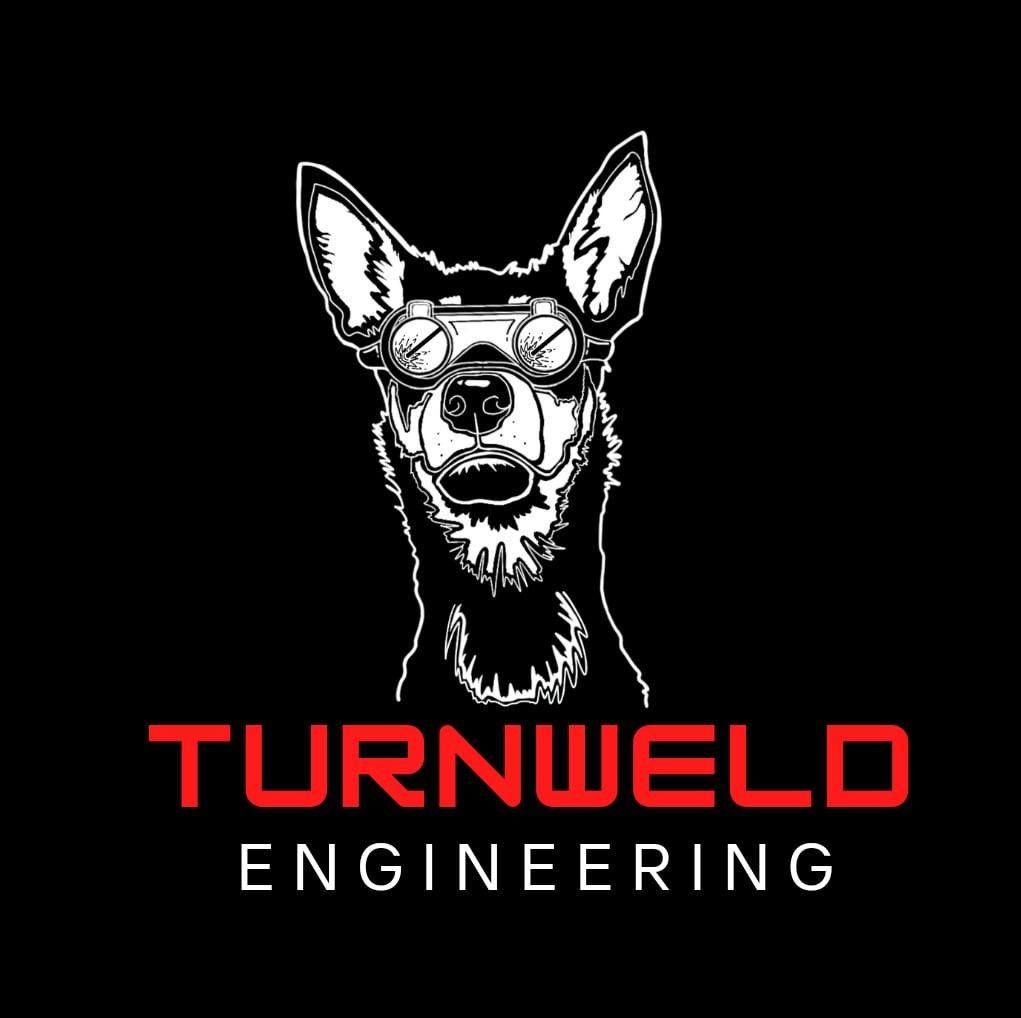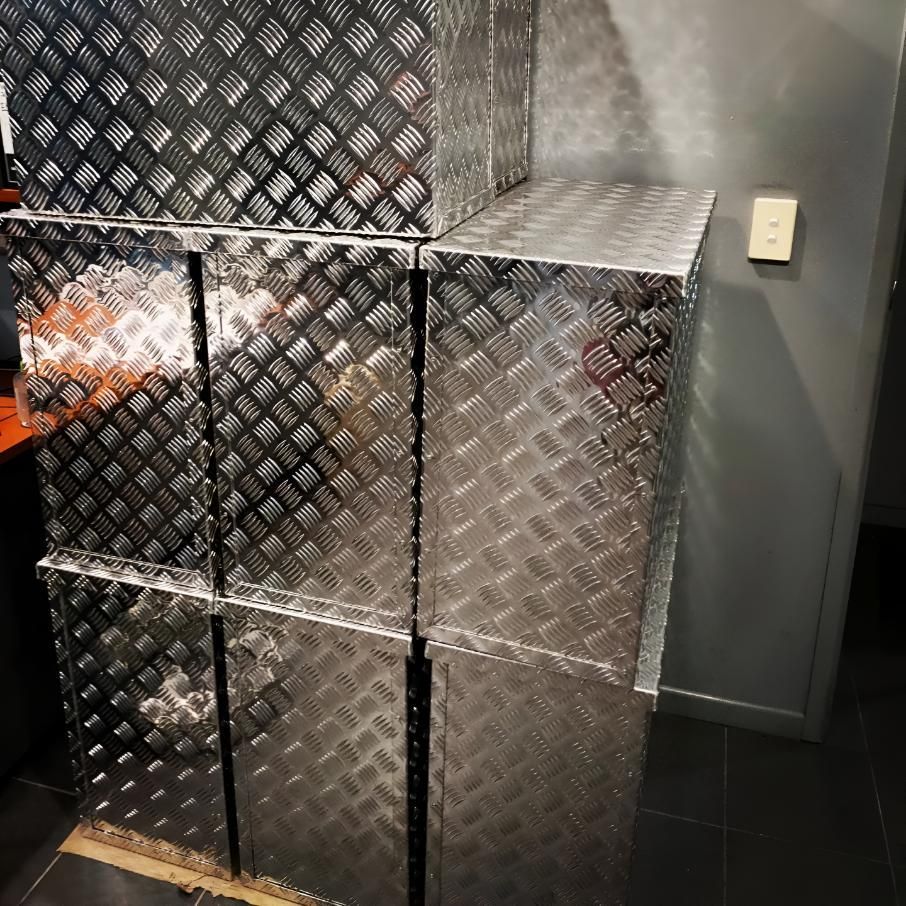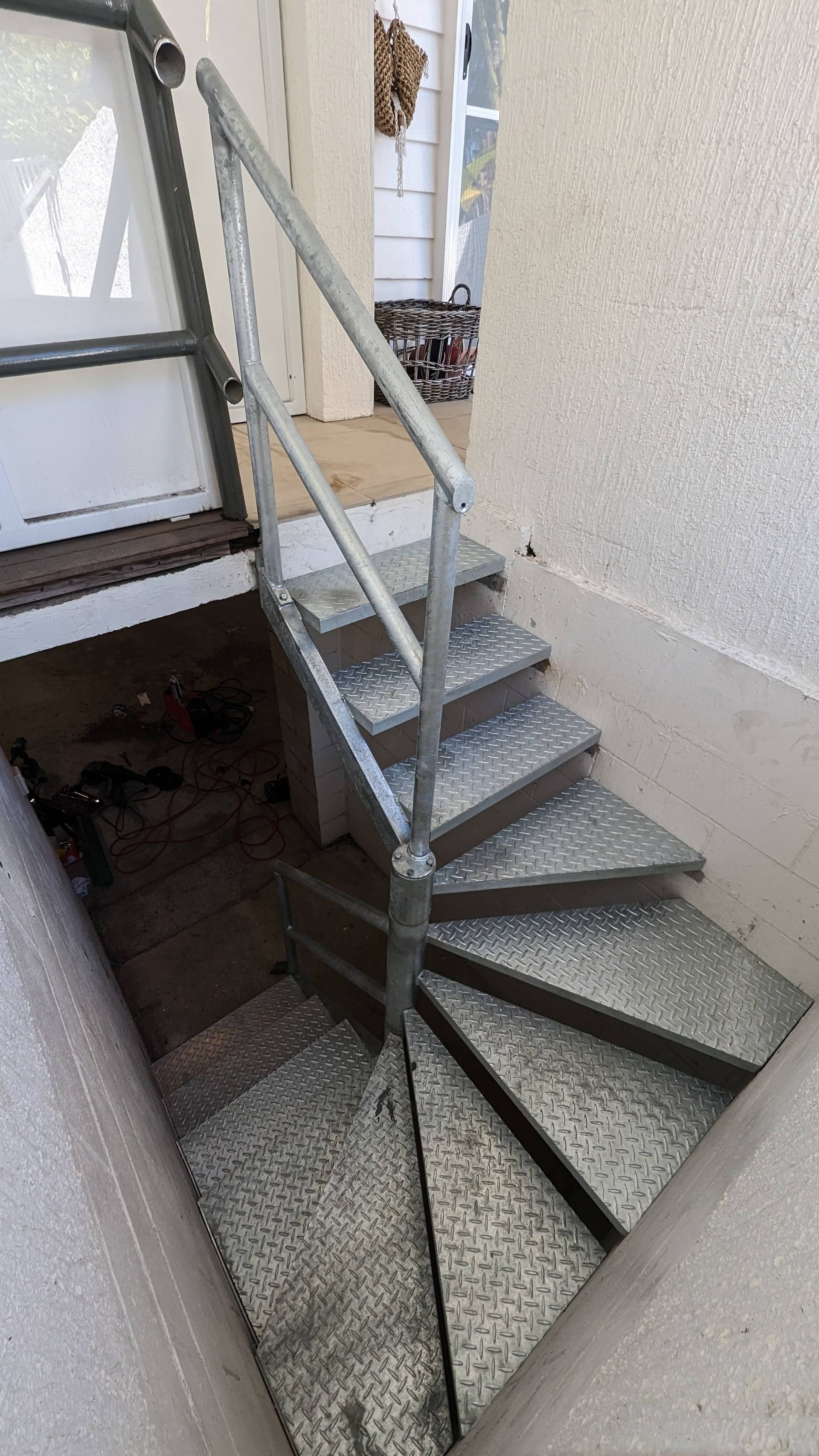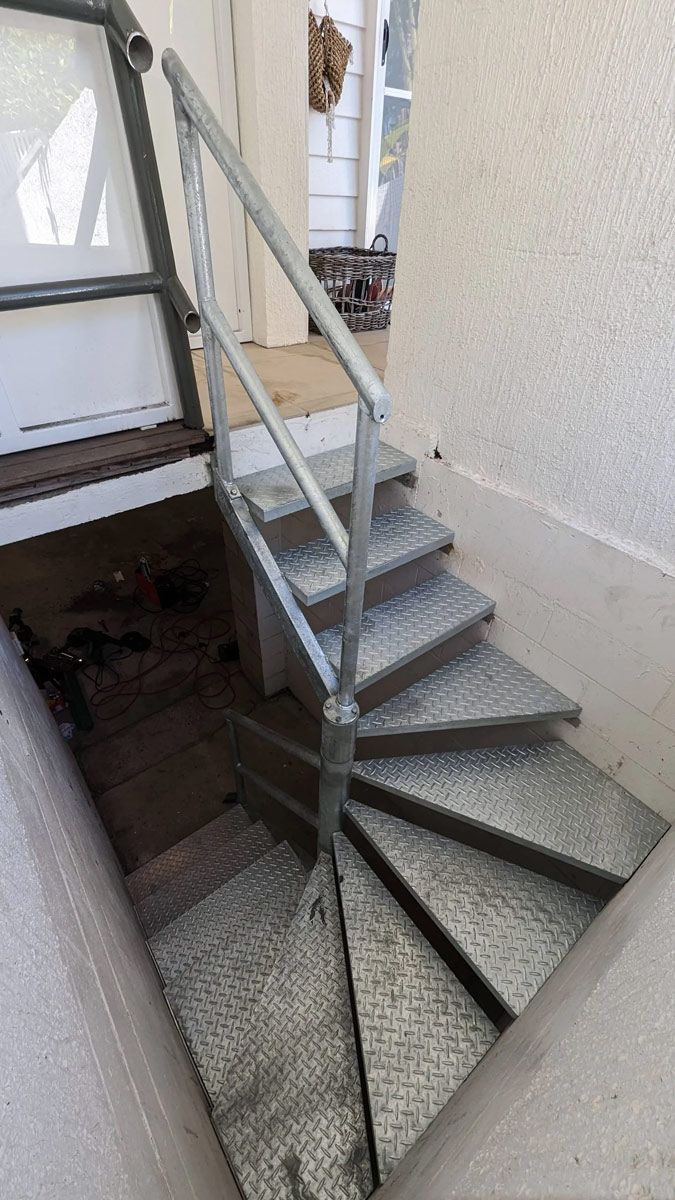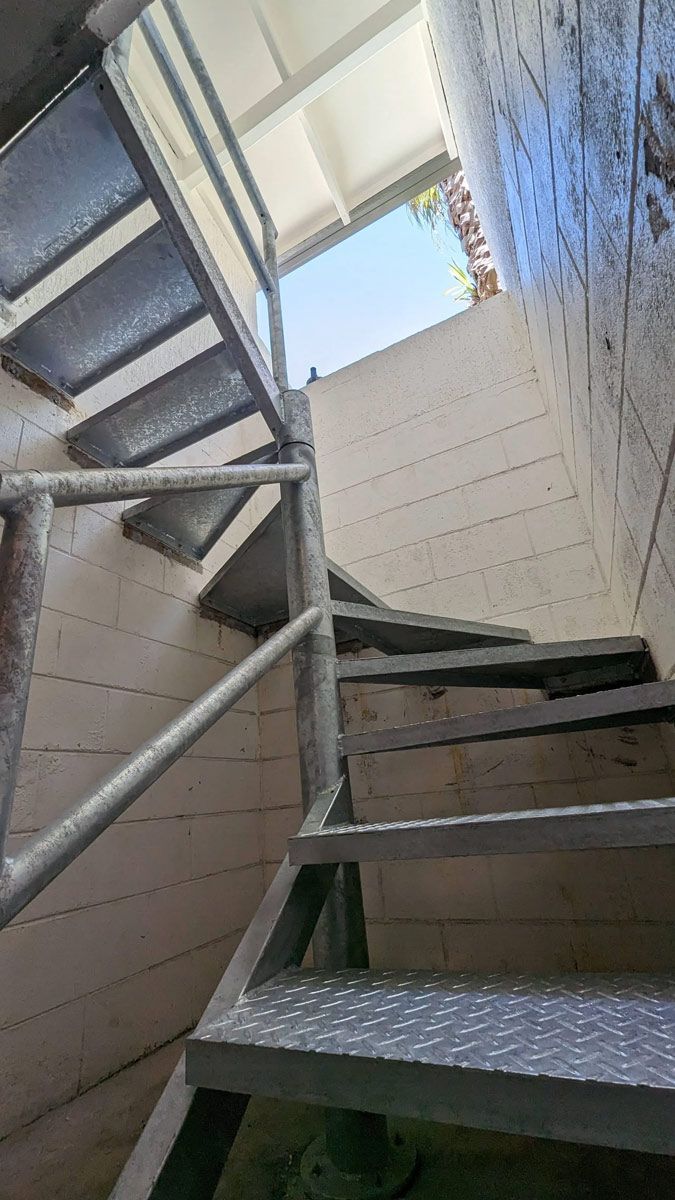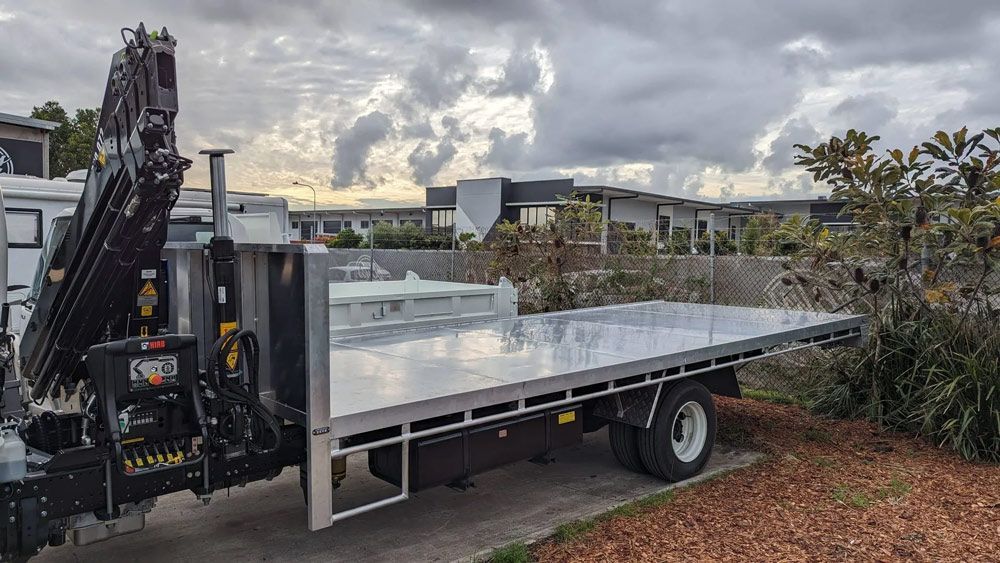Sheet Metal Fabrication Sunshine Coast
Turnweld Engineering specialises in sheet metal fabrication, offering precision cutting, forming, and joining techniques to create versatile metal products. From durable structural components to custom designs, our team delivers high-quality solutions using advanced processes and a range of metals tailored to your needs.
Tell Us About Your Project
Versatile Sheet Metal Solutions
What is Sheet Metal Fabrication? Sheet metal fabrication is an umbrella term for forming flat metal sheets into different shapes through various manufacturing methods. It often uses cutting, bending, and joining techniques to create almost anything from metal.
Sheet Metal Fabrication Uses
Sheet metal can be fabricated into almost any metal product, commonly used across various products and industries. Although metal products are used almost everywhere in every industry, some that primarily rely on metalwork services and fabrication include:
- Automotive
- Aerospace
- Construction
- Electronics
- Machinery
- Consumer Goods
- HVAC
- Robotics & Engineering
Metal fabrication services are a trendy way of developing products and materials. Metal can be used for almost everything, like mechanical components, automotive bodies, housings, gears and containers. Sheet metal is exceptionally flexible and can be used for various design and service needs. It comes in multiple surface finishes and metal types and can be used for single custom metal prototypes or large quantities of production.
Sheet Metal Fabrication Processes & Techniques
Metal and steel fabrication can be done in many ways, but the most popular and common ones for creating metal products include forming, cutting, and joining. A few of those methods are outlined below:
Forming
Forming takes the flat sheet and reshapes it using contours and folding methods. There are four ways this is commonly done:
- Stamping - Using shapes or dies to press into the sheet metal to make a design or form.
- Bending - Using machines or hand pressing.
- Stretching - There are a variety of techniques like a stretcher, hammer and dolly or English wheel that can be used to make the metal thinner and increase its surface area.
- Roll Forming - Like bending, but using rollers to create a round shape rather than a crease or bend.
Cutting
Cutting is a standard part of the metal manufacturers' process and can be done in many ways. However, the two overarching categories of cutting sheet metal involve shear cutting, commonly used for nonindustrial products, and non-shear cutting, which has more precision and accuracy but requires more time and resources.
Shear Cutting
- Basic Cutting - A single blade goes through the metal.
- Blanking - Similar to a hole punch to cut out a shape.
- Shearing - Also known as die cutting and almost like using metal scissors with blades that move together (one blade remains stationary while the other causes the cutting motion).
Non-Shear Cutting
- Laser Cutting - Using a high-powered optical light beam.
- Plasma - Using an accelerated jet of hot plasma (used only on electrically conductive materials like steel, aluminium, brass, and copper).
- Waterjet Cutting - Using an extremely high-pressure jet of water, or abrasive liquid substance, that cuts through metal.
- Machining - Using tools like drills or blades to cut pieces off the metal.
Joining
Joining metal together through various techniques like welding is a crucial part of steel fabrication. It can be done for either temporary or permanent measures and in several ways depending on the project's needs. Types of joints include:
- Rivet & Screw Joints
- Welding - Using high heat to melt parts of metal together.
- Brazing - Using filler metal to join the two parts, rather than melting the actual base metal like welding.
- Adhesive Bonding - Using layers of chemical products like SU-8 and Benzocyclobutene to join parts together.
Types of Sheet Fabrication Metals
Sheet metal products can be manufactured from various metal types and sizes. The most common types include steel, aluminium, magnesium, brass, bronze and copper.
Steel and aluminium are usually the most popular for fabrication jobs, but the other types are used for various other applications. Steel is ideal when something prioritizes the need for durability and strength. Aluminum is more lightweight but still has a lot of durability and strength, like steel.
What We Make & Repair:
- Concrete Moulds
- Conveyor Systems
- Hydraulic System Upgrades
- Structural Steel Fabrication
- Gates & Fences
- Trailer Builds
- In-House Welding & Repairs
- Excavator Pins & Bush Repair
- Shut Down Repairs
- Hydraulic Hose Replacements
- Grates, Plates, Covers, Manhole Lids
- Rails
- Bin Repairs & Replacement
- Fibreglass Repairs
- Custom Design & Build
- Mobile Welding Services
Turnweld Sheet Metal Fabrication
Our team are experts at various metal processes and can build virtually any design or product a manufacturer or business could need. Through our years of experience and high-quality work, we have created a name and reputation as the best market leader in the industry. As a result, we build strong relationships with our clients, and we value quality in every aspect of our work.
Visit our workshop, or call our friendly and professional team today to find out how we can help with all your custom metal fabrication needs. We have over 20 years of experience providing high-quality metal services to the Sunshine Coast, where we are based, and beyond.
